Osteoporosis/Osteopenia - Our bones and EVOO - Blog # 33
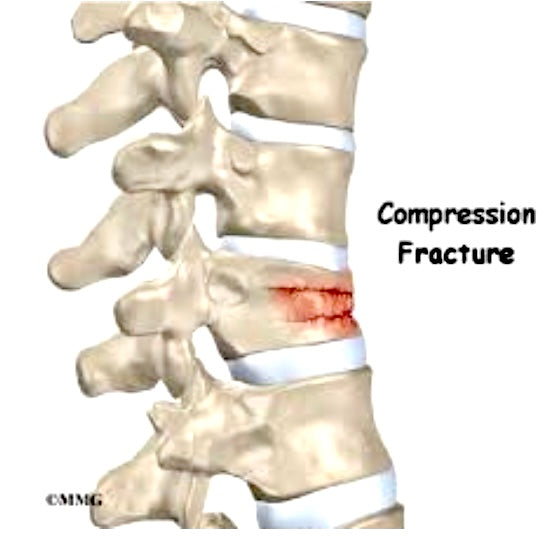
Good morning Everyone! Happy Friday and welcome back to another Friday blog. Did you know Osteoporosis is on the rise in both men and women and in younger people? I recently overheard a young woman around 30 say to a colleague “I just found out I have weak bones.” I was stunned. Nearly 50% of Americans over the age of 50 have Osteopenia. Loss of bone mineral density increases our risk of fracture and can negatively affect our quality of life as well as longevity. So, what causes skeletal degeneration, who is at risk, and what can we do to prevent it?
According to the National Osteoporosis Foundation:
- Of the estimated 10 million Americans with osteoporosis, about eight million or 80% are women.
- Approximately one in two women over age 50 will break a bone because of osteoporosis.
- A woman’s risk of breaking a hip is equal to her combined risk of breast, uterine and ovarian cancer
Osteopenia is when your bone density has dropped and your bones are weaker than normal, but not weak enough to break easily.

Osteoporosis is progressed skeletal degeneration that weakens the bones and allows them to break easily. “This condition, aptly named ‘osteoporosis’ or bone porosity in Greek, affects both elderly men and women worldwide [1]. The global estimate of osteoporotic hip fracture incidence in 2000 was nine million, and resulted in more disability adjusted life years lost compared to common cancers excluding lung cancers [2]. That was published in 2016. “It is estimated that worldwide, 1 in 3 women and 1 in 5 men, over age 50, will experience osteoporosis fractures in their remaining lifetimes.” According to the surgeon general, “it is estimated that 35% of white post menopausal women have osteoporosis of the hip, spine or distal forearm.”
“Osteoporosis in men is now recognized as an increasingly important public health issue. About 30 percent of hip fractures occur in men, and one in eight men older than 50 years will have an osteoporotic fracture. Because of their greater peak bone mass, men usually present with hip, vertebral body, or distal wrist fractures 10 years later than women. Hip fractures in men, however, result in a 31 percent mortality rate at one year after fracture versus a rate of 17 percent in women.”
Okay, these statistics are alarming! According to Wyshak, of the Harvard School of Public Health in Boston, osteoporosis is no longer an old person’s disease. Younger people are experiencing it for a number of reasons. Drinking sodas, particularly the dark sodas, steals calcium from your bones. To make matters worse, more people are avoiding milk and dairy and are not getting the calcium their bones need. Of the 460 high school girls in her study, appearing in the June issue of the Archives of Pediatric and Adolescent Medicine, 2/3 drank soft drinks and about half drank dark colas only. “Teens that consume soft drinks have three times or five times the risk of breaking a bone compared to their peers who do not drink the carbonated beverages.” The girls that were physically active had a five-fold increase in the risk of breaking a bone! Wow. Not what you’d expect.
So, what exactly is going on here? Let’s take a closer look. There are three types of bone cells involved in bone homeostasis: 1) osteoblasts for bone formation (building), 2) osteoclasts for bone resorption (breaking down) and 3) osteocytes as the mediators of bone remodeling. Loss of bone density occurs when bone is being broken down faster than it can be built. The major cause of osteoporosis is sex hormone deficiency. However, inflammation and oxidative stress are huge contributors to the pathogenesis of osteoporosis. Inflammation increases the formation of osteoclasts, thus promotes bone resorption. Oxidative stress damages osteoblasts and suppresses their differentiation!
How do I know if I have bone density loss? There is a painless, noninvasive test called dual-energy x-ray absorptiometry (DXA) that measures the mineral content of bone. The T-scores determine what category you fall into (normal, osteopenia or osteoporosis). Scores from -1 to -2.5 = Osteopenia. The lower the score the more porous and weak the bones and the harder to reverse.
“A study published in the Journal of the American Medical Association in 2001 reported that a 50-year-old white woman with a T-score of -1 has a 16% chance of fracturing a hip, a 27% chance with a -2 score, and a 33% chance with a -2.5 score.” Fractures can lead to chronic pain and loss of independence. White females are most affected, but around 1/3 of white and Asian men are also affected. Lifestyle is very important. Here are some other contributors:
- not getting enough calcium and vitamin D
- smoking
- drinking too much alcohol
- using certain medications, such as corticosteroids and anticonvulsants
- not getting enough weight-bearing exercise (at least 30 minutes on most days). If your feet touch the ground during an exercise, it's probably weight bearing. Running and walking are weight bearing. Swimming and biking are not.
So, what can we do protect our bones, enhance our bone-building osteoblasts and inhibit our bone destroying osteoclasts? Let’s take a look at some studies.
According to the International Journal of Environmental Research and Public Health, “Human studies revealed that daily consumption of olive oil could prevent the decline in bone mineral density and improve bone turnover markers. As a conclusion, olives, olive oil and its polyphenols are potential dietary interventions to prevent osteoporosis among the elderly.” What? How?

“Cellular studies demonstrated that olive polyphenols enhanced proliferation of pre-osteoblasts, differentiation of osteoblasts and decreased the formation of osteoclast-like cells.” The researchers found that the Mediterranean diet, rich in EVOO, “was associated with decreased fracture incidence...increased calcium absorption and retention, and a decrease in urinary calcium excretion in male adolescents.” They also report that the addition of tocotrienol (vit E), curcumin (turmeric) and omega-3 fatty acids demonstrate promising bone protective effects as well.
A 2020 study observed improved bone quality, elasticity and fractal dimension (complexity) more similar to healthy bone following 3 months of virgin olive oil consumption in osteoporotic mice.
Okay, so once again studies are proving that daily consumption of high polyphenol EVOO protects us against devastating disease, including Osteoporosis. Weight-bearing exercise is also key in stimulating bone building. If you take a snapshot of people living on the Mediterranean, you will see high consumption of EVOO, fish (omega 3) and green leafy vegetables...AND THEY WALK EVERYWHERE!!!
So, until next time my friends, drink, drizzle, digest high polyphenol EVOO, eat fatty fish rich in Omega 3s, eat foods high in lutein, drink lots of water, get plenty of sleep, get a good pre/probiotic, exercise your body - weight-bearing exercise and mind and turn off the light!! #EVOO
This blog is intended for informational purposes only. Discuss strategies with your Healthcare Practitioner.


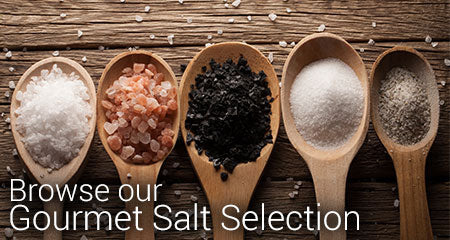
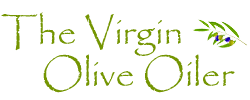
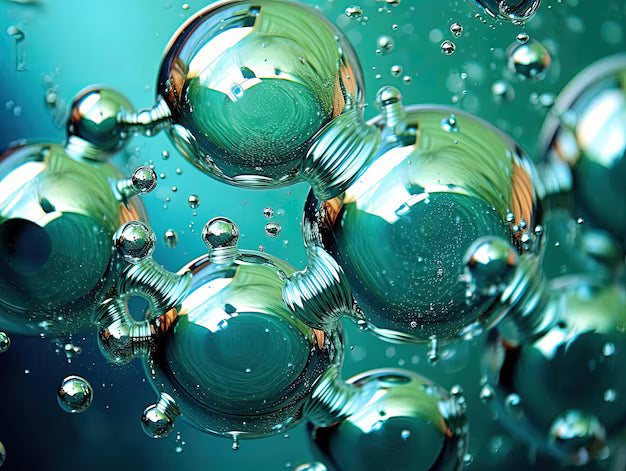
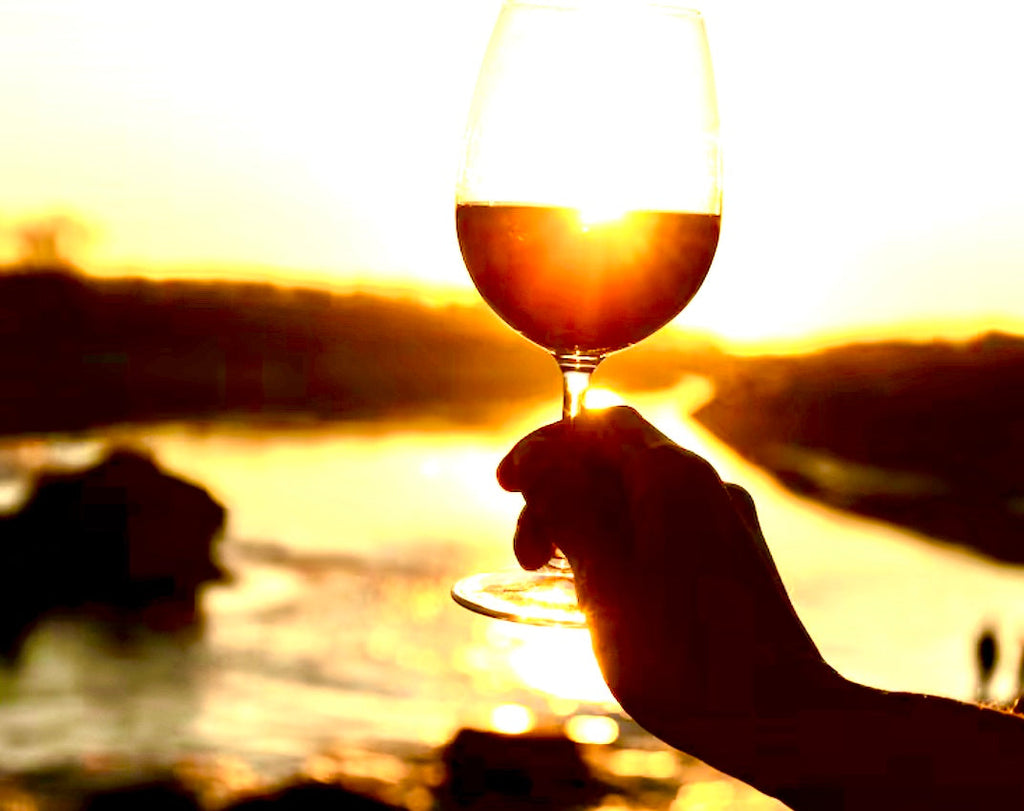
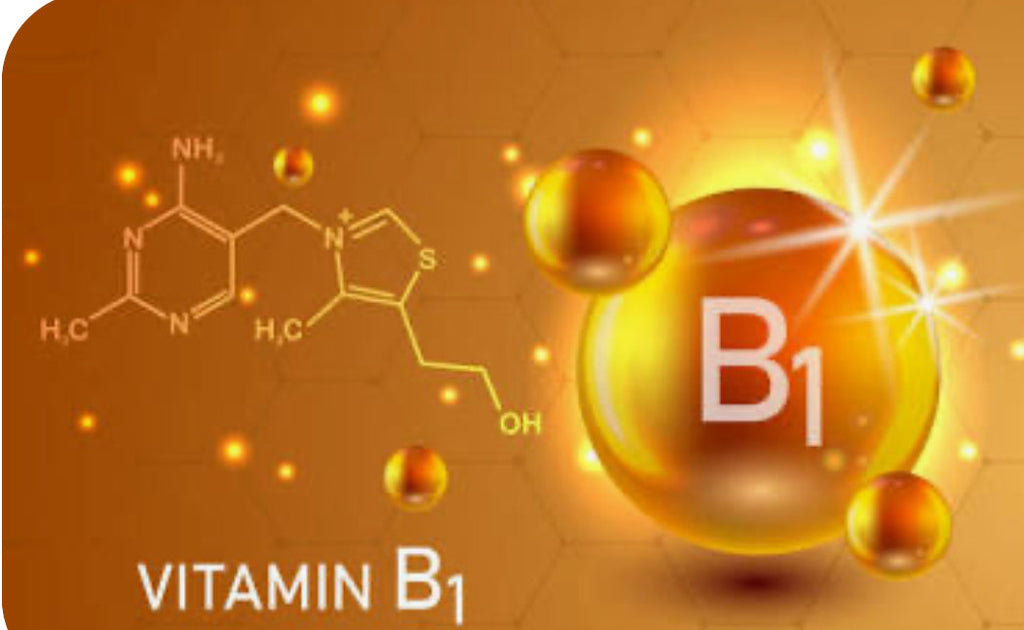
Comments (1)
Awesome article, Thanks for Sharing. If you are looking for Ayurvedic Neuro Therapy, Acupuncture, Physiotherapy, Dietitian, Naturopathy, Massage therapy, Chiropractic in Hyderabad, Visit our website https://kaira-integrated-hospital-naturopathy.business.site/.
<a href= “https://kaira-integrated-hospital-naturopathy.business.site/”> Ayurvedic Neuro Therapy, Acupuncture, Physiotherapy, Dietitian, Naturopathy, Massage therapy, Chiropractic in Hyderabad